- Discuss
- What should we share at school? → Learning materials/equipment/toys. Teachers/parents can also explain why food shouldn’t be shared at school.
- What would happen if we didn’t share? → Others would miss out, and it wouldn’t be fair.
- Activity: Our Sharing Rules
- When making classroom rules, children should be encouraged to participate, discuss, and express their opinions on what they believe is fair. Teachers and parents should ensure that the rules are specific and measurable, as this helps children perceive them as fair. For example,
- when colouring, children are only allowed to use one coloured pencil or crayon at a time and must wait if the colour they want is being used by another child;
- when playing with toys or digital learning devices, children can play for a set amount of time, such as 10 minutes, and then must share their turn with others. A timer is a great tool to keep track of their turns;
- when playing in the home corner, only four children are allowed at a time for 10 minutes. Children should collect their passes, which could be pegs or lanyards, from the teacher.
- Teachers and parents can use an A3 piece of paper to draw out the classroom’s sharing rules, stick it to somewhere visible to the children, and refer to it before any activity.
- When making classroom rules, children should be encouraged to participate, discuss, and express their opinions on what they believe is fair. Teachers and parents should ensure that the rules are specific and measurable, as this helps children perceive them as fair. For example,
- Wrap up
- Challenge
- Challenge student to practise taking turns and sharing throughout the week and share their experience on Friday.
Our Sharing Rules
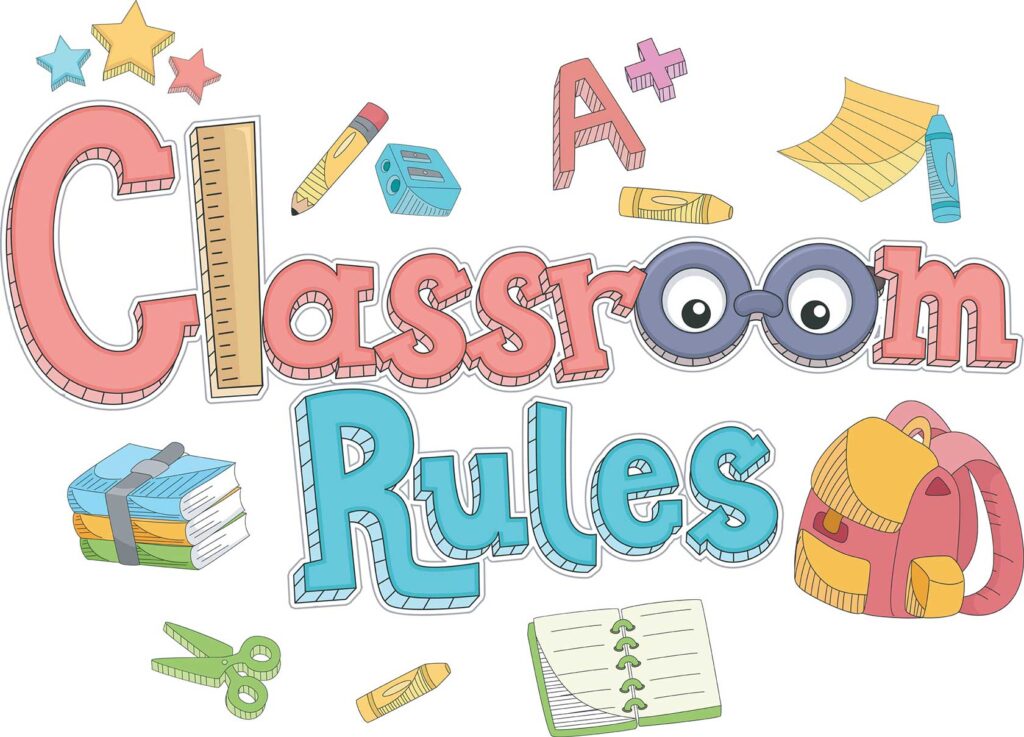
The Book
Just Enough!
Written & illustrated by Steven Huynh, published by Steven De GC
The narrative encourages students to take only what is needed (ACPPS006, ACPPS022 – Foundation to Year 2 Health and Physical Education), reinforcing fairness in sharing resources like classroom materials. It also explores the negative consequences of overuse by addressing the basic needs of animals—food, water, and shelter (ACSSU002 – Foundation Year Science) —demonstrating how overuse impacts wildlife and habitats. Highlighting environmental changes caused by resource depletion (ACSSU019 – Year 1 Science), fostering the awareness of sustainability. With its rich themes of sharing and environmental stewardship, this story inspires young learners to adopt mindful, responsible habits in their daily lives.
Resource creator
Steven Huynh
Subject
Level
Description
After reading Just Enough!, children may have grasped the idea of taking just enough. Now, it is a good time to reflect on the message in the classroom.
Learning Intentions
• Children learn to take turns and share learning materials with friends.
Successful Criteria
• Children can take turns during their free choice activities.
• Children can take just enough learning materials and toys for their work or play.
Curriculum Alignment
ACPPS006 8.4 ( Foundation): Identify actions that promote health, safety and wellbeing
• identifying household substances that can be dangerous and suggesting examples of how they can be stored safely in the home
• grouping foods into categories such as food groups and ‘always’ and ‘sometimes’ foods
• recognising and following safety symbols and procedures at home and in water and road environments
• understanding the importance of personal hygiene practices, including hand washing, face washing, nose blowing and toilet routines
• recognising that being kind, fair and respectful to others can support class health and wellbeing
• looking at different ways the community keeps them safe, for example devices like lights, procedures like safe swimming or safe food handling and safety volunteers
Instructions




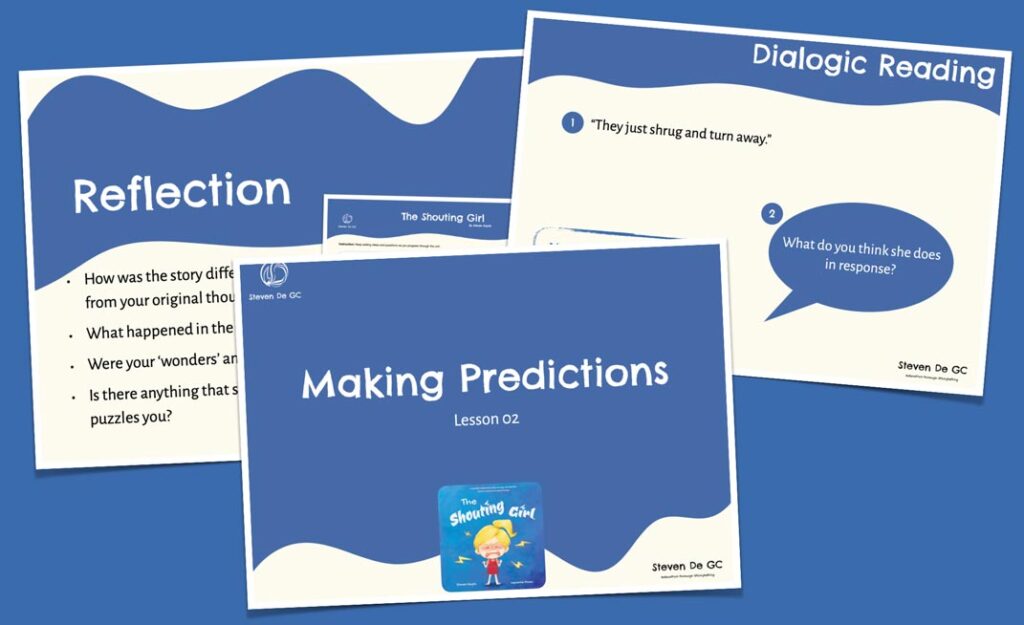
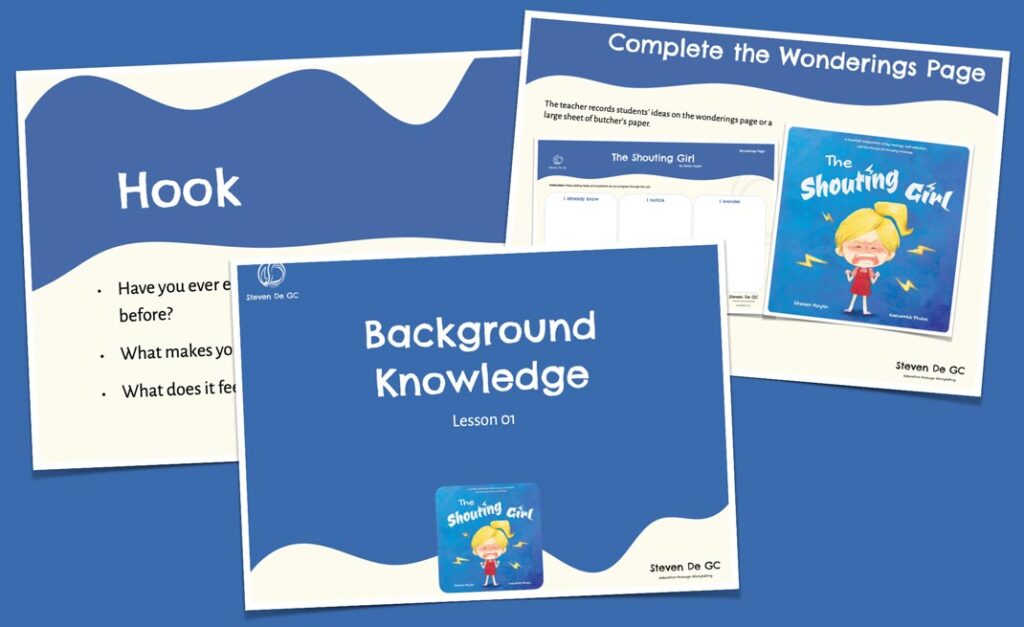
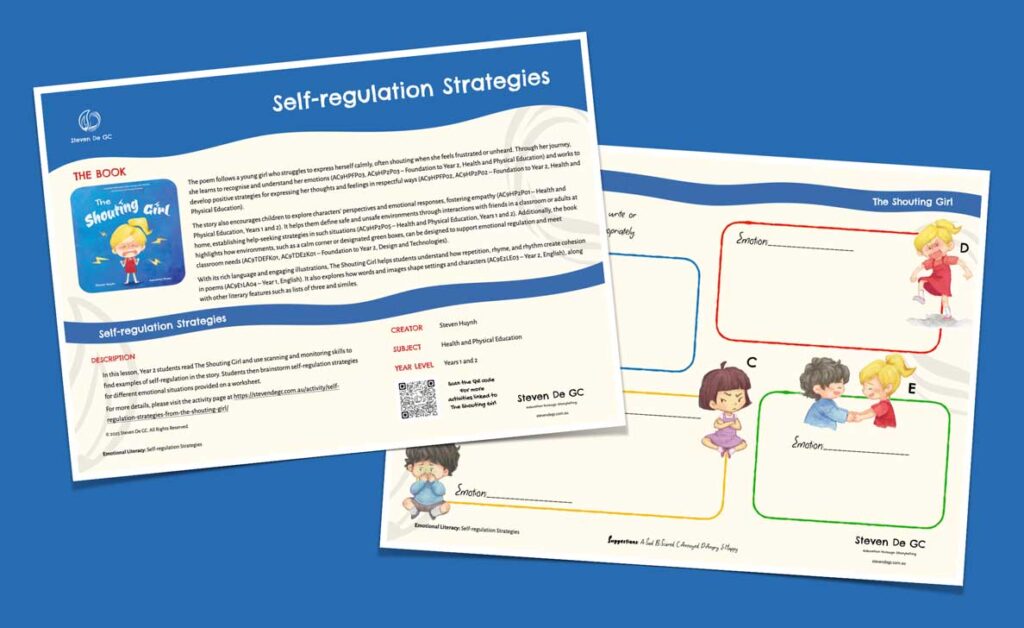

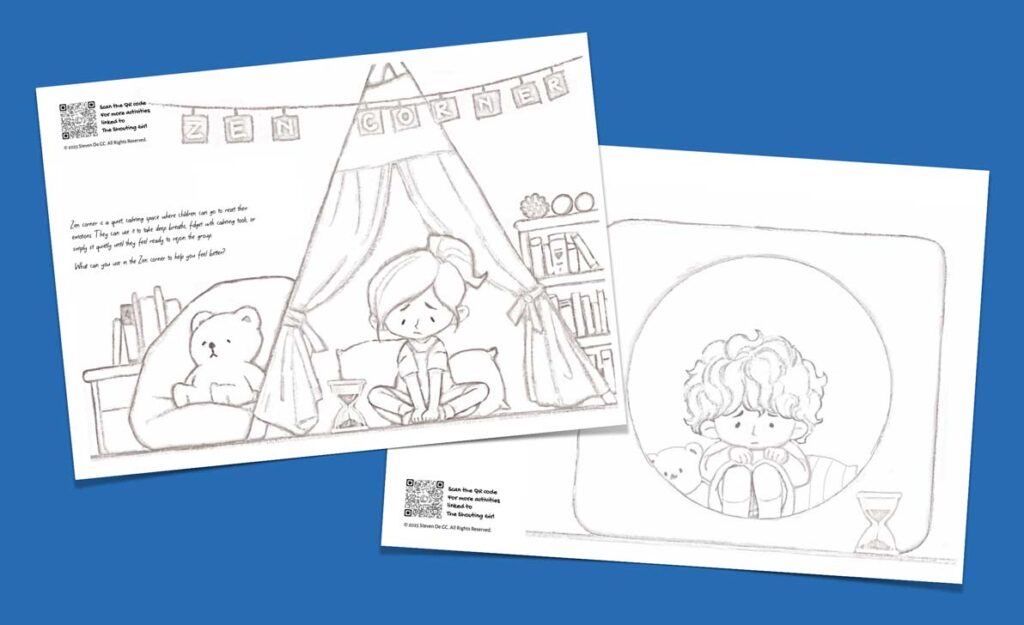
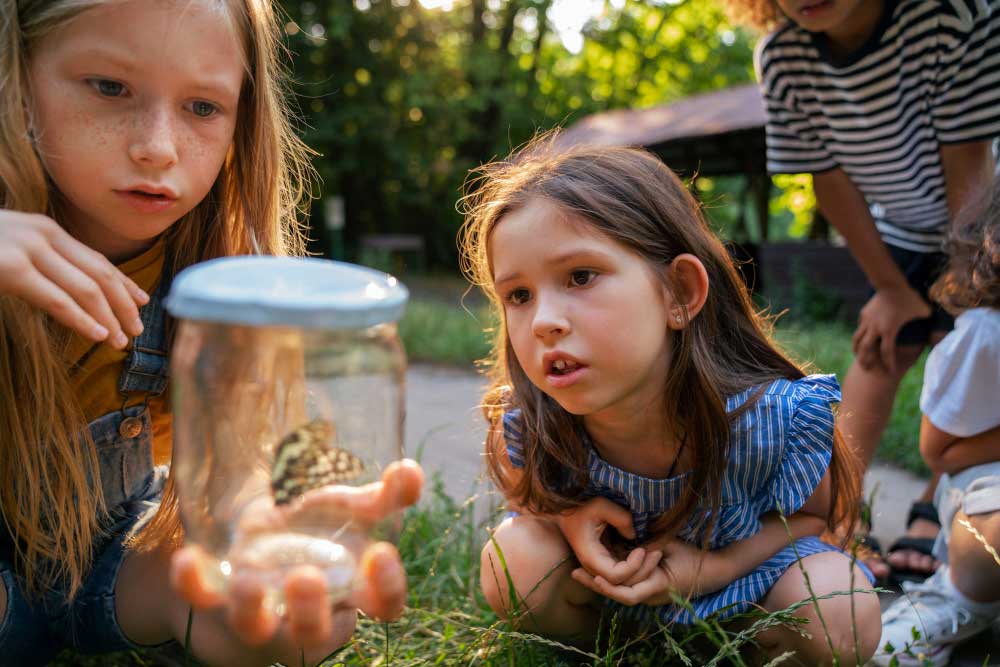
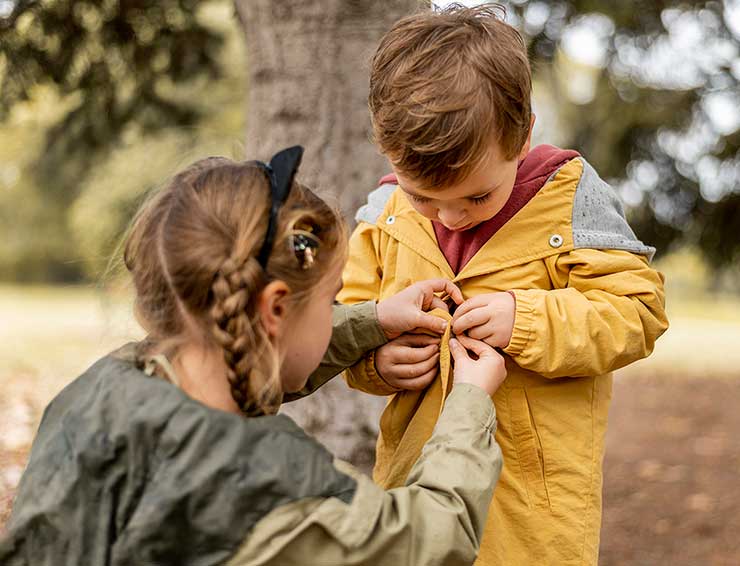

![[T4R] A Family is a Family is a Family: L2 Making Predictions [T4R] A Family is a Family is a Family: L2 Making Predictions](https://stevendegc.com.au/wp-content/uploads/2025/03/T4R-A-Family-is-a-Family-L2-Cover-1024x626.jpg)
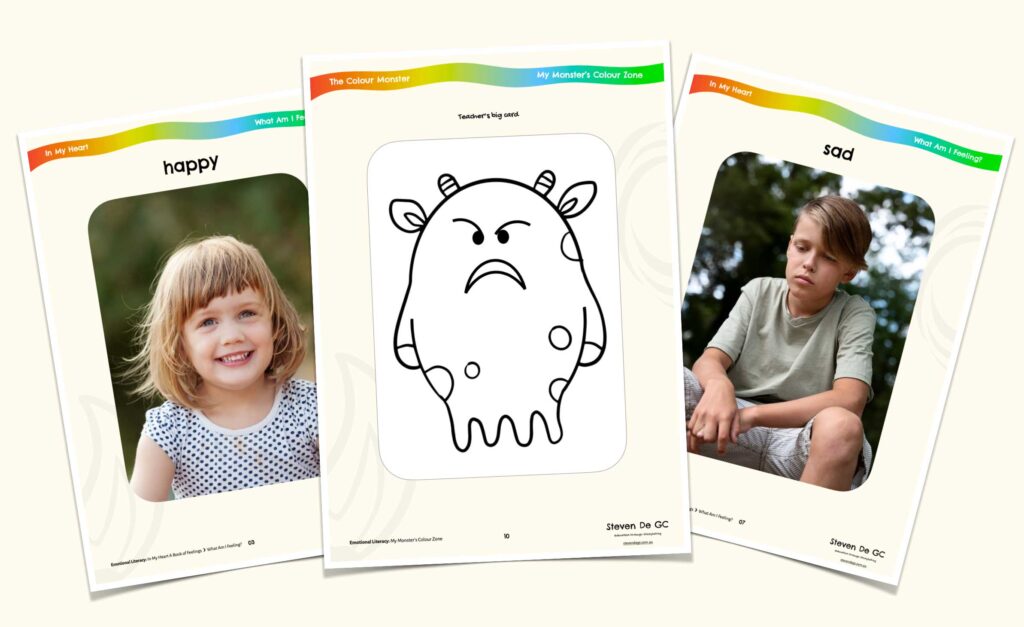
Leave a Reply